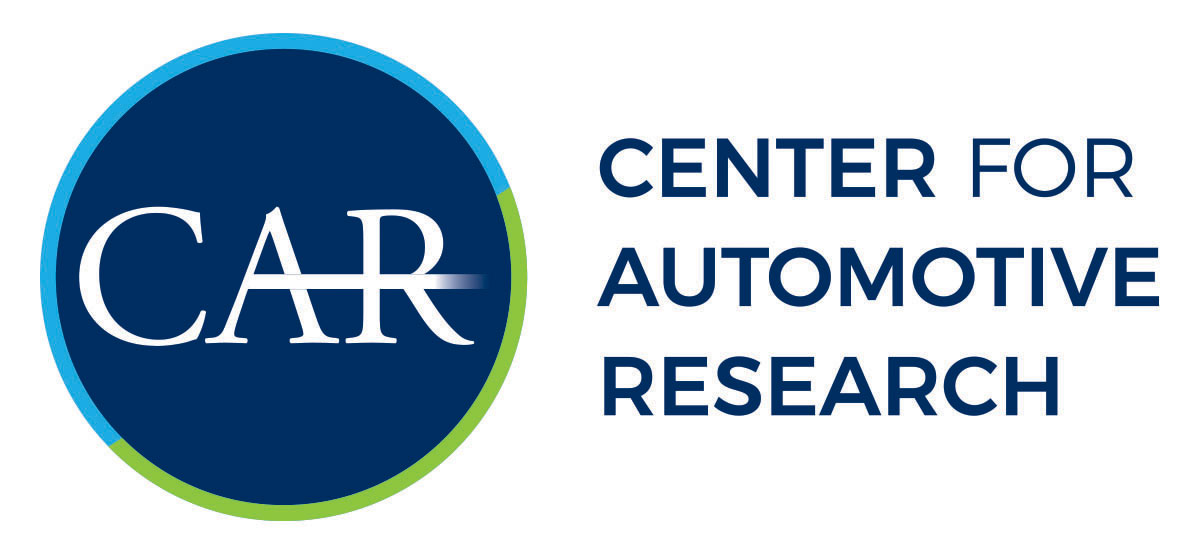HOT TOPICS WITH CENTER FOR AUTOMOTIVE RESEARCH CEO 01/20/2023
On a bi-weekly basis, Center for Automotive Research (CAR) welcomes our audience to decompress with our President and CEO, Alan Amici, as he covers and shares his thoughts on the latest Hot Topics happening in the automotive industry. If you would like to receive this bi-weekly insight into critical industry issues you and your organization are facing, sign up for our mailing list here to get Hot Topics sent directly to your inbox.
Fluctuating Cost of EVs
- Nearly all U.S. Households Could Cut Energy Cost Burden by Using EVs
- Tesla Turns up Heat on Rivals with Global Price Cuts
- GM Increases Price on Both Chevrolet Bolt EV Models, Citing Higher Costs
Alan’s thoughts:
Prior to the pandemic, auto industry insiders were pointing to mid-2025 as a potential crossover point for EV cost competitiveness with ICE vehicles. While costs were expected to decline due to scale and productivity, reduced battery costs were expected to be the prime mover in EV price reduction. A combination of supply chain disruption, increasing demand for EV batteries, constrained labor markets, and limited availability of battery raw materials has cast significant doubt on the mid-2025 crossover point forecast. In fact, during 2022 EV prices increased, further widening the EV-ICE price gap. However, the automotive industry is among the most innovative and persistent industries when it comes to providing additional value at the same or lower costs. OEMs are well aware of the dangers of pricing oneself out of the market. Therefore, I expect the industry to double down on efforts to reduce costs and eventually position EVs as an affordable, mass market vehicle.
Concerns Over Heavy Electric Vehicles
- U.S. NTSB Chair Raises Safety Concerns about Heavy Electric Vehicles
- Crash Labs Face a Heavy New Challenge with Electric Vehicles
- Here’s Why Electric Vehicles Need EV-Specific Tires
Alan’s thoughts:
I expect innovation in e-motor construction, weight reduction from component integration, and material lightweighting to remain a focus of the auto industry. Perhaps offering commuter vehicles with less than 300 miles range could gain traction as many commuters may require significantly less range in daily commutes by taking advantage of overnight recharge capability at home. Less required range allows for a smaller battery, which in turn provides for a lighter vehicle. This model will not fit everyone’s needs but could be a substantial part of a broad portfolio. We are still early in the evolution of EVs, and I am optimistic that an innovative automotive industry will find new ways to reduce the weight of EVs.
Supply Chain Shortages
- What Does the Semiconductor Shortage Mean for Europe?
- Inventory Crisis Dragged Auto Sales to Decade Lows in 2022
- European Automakers Face Hurdles in 2023 as China Threat Looms
- Resolution to Ukraine War Won’t End Battery Metal Shortages
Alan’s thoughts:
Semiconductor supply constraints are still impacting OEM production as automakers have not yet fully recovered from parts shortages. While the situation is improving, demand for semiconductors in the auto sector is expected to grow faster than consumer electronics. Semiconductor fabrication capacity increases take time and investment today, but will pay dividends in the next 3-5 years. A solution for the meantime is to increase transparency between OEMs and semiconductor suppliers. This can be done by sharing product plans, developing sourcing strategies, and considering design approaches to maximize availability of components. Over the past 20 years, semiconductor manufacturers have moved from tier 1 to tier 2 suppliers, which added a level of complexity to the OEM–semi supplier conversation. It is time to bridge the gap and broaden the discussion during the planning and sourcing stages. OEMs can no longer take a hands-off approach to tier 2 sourcing.

Alan Amici
President & CEO
Get our feature stories straight to your inbox.
Join our email list today and never miss our feature stories, publications, and event news.

